Highlights from the London Festival of Architecture 2013
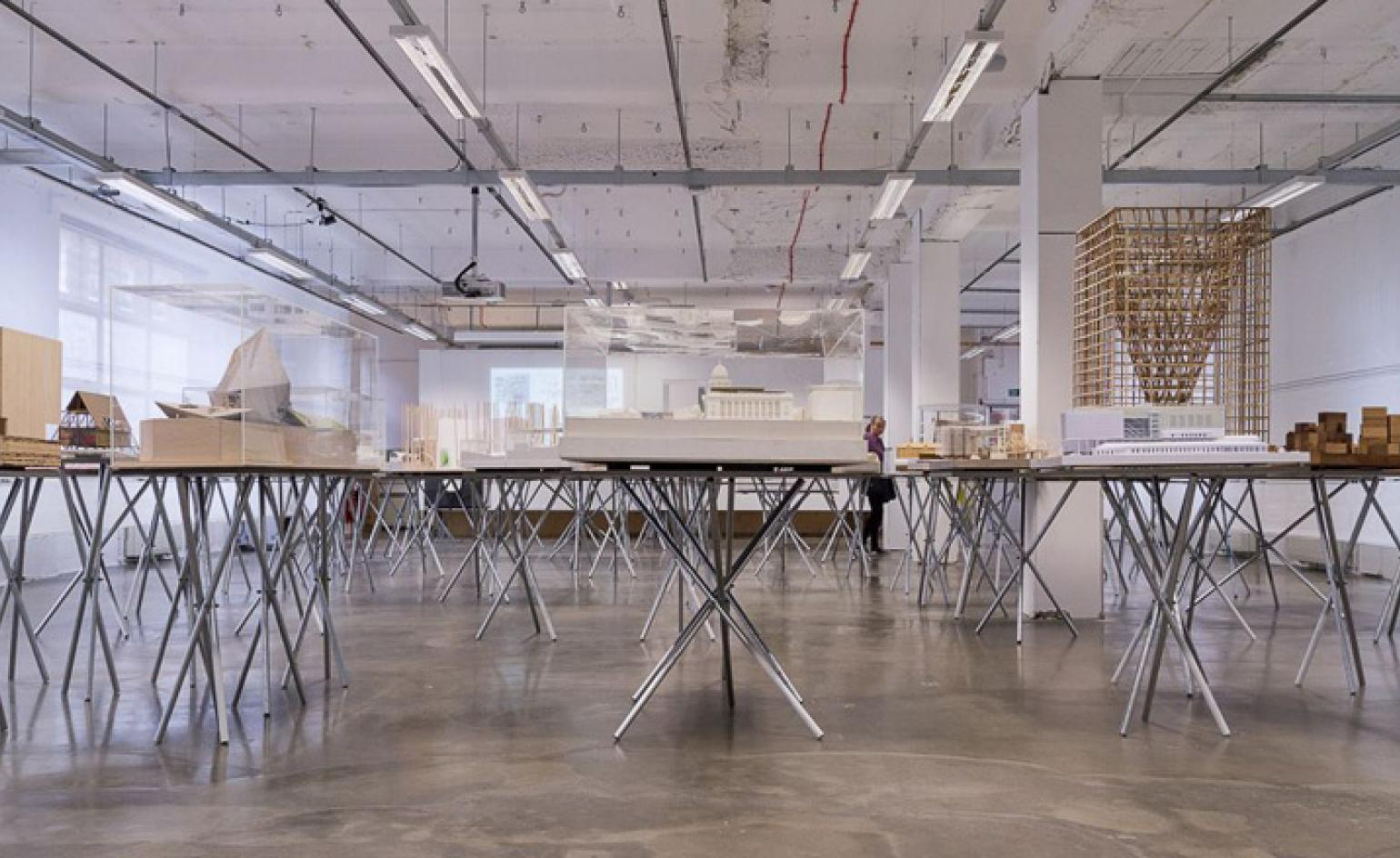
This has been a year of change for the London Festival of Architecture. Launching in early June, this year's architectural festivities stretch over a whole month (as opposed to 2012's two-weeks), while 2013 also marks the first edition of the festival since it turned annual, setting the whole celebration off to a different pace.
Added to this, the 2013 festival - orchestrated by a quartet of initiating partners, including the Architecture Foundation, the British Council, RIBA London and the NLA - engages with many of London's cultural institutions that haven't been officially involved before, such as the Design Museum and the ICA. 'This year's festival throws the spotlight on the important role that architecture plays in the cultural life of London, with a programme of exhibitions, talks and events involving 25 organisations,' explains the British Council's Vicky Richardson.
The undercurrent of change can also be detected in several of the displays on offer this year. The Architecture Foundation show focuses on the work of Superuse Studios, promoting a change in our attitude towards material and energy re-use. The British Council's impressive Atlas of Unbuilt World designed by Pernilla Ohrstedt Studio, presents future projects from around the world, offering a glimpse of how the global landscape is changing; you can even 3D-print your project live, courtesy of printing agency 3Dpeasy. And RIBA's Welcome To The Social, created by architecture practice Hawkins\Brown, highlights the transformative effect of life - and design's - social aspect.
After all 'change' has always been part of the Festival's agenda. The theme was even reflected in the keynote debate organised by RIBA London earlier in the month, entitled 'London Architecture: what would you change?'. 'I'll consider the festival a success if it generates debate and discussion about architecture, deepens our understanding of the subject and makes us think about it in new ways,' says Richardson. 'I also think it's a chance to break down the artificial barriers that often exist between architects, clients, and the public.'
Other Festival highlights include the small yet perfectly formed Lesser Known Architecture show at the Design Museum, created by Elias Redstone, Theo Simpson and Wallpaper's very own Ben Mclaughlin (the latter two form Mass Observation), which brings the cream of London's crop of hidden architectural gems to the spotlight. Open studios, architecture tours (including a bicycle tour of Brutalist London) and workshops are also part of the program. And summer staples such as the Royal Academy's Summer Exhibition, the Serpentine Gallery Pavilion (this year by Sou Fujimoto), and the architecture schools' summer shows - including the AA, the RCA and the Bartlett - are back as well.
And while most exhibitions opened during the festival's first week, events will be running throughout the month in both the core program and the fringe. More treats are in store for later too - the Barbican's playfully disorientating Dalston House installation by Argentinian artist Leandro Erlich is not opening till the 26 June - so stay tuned.
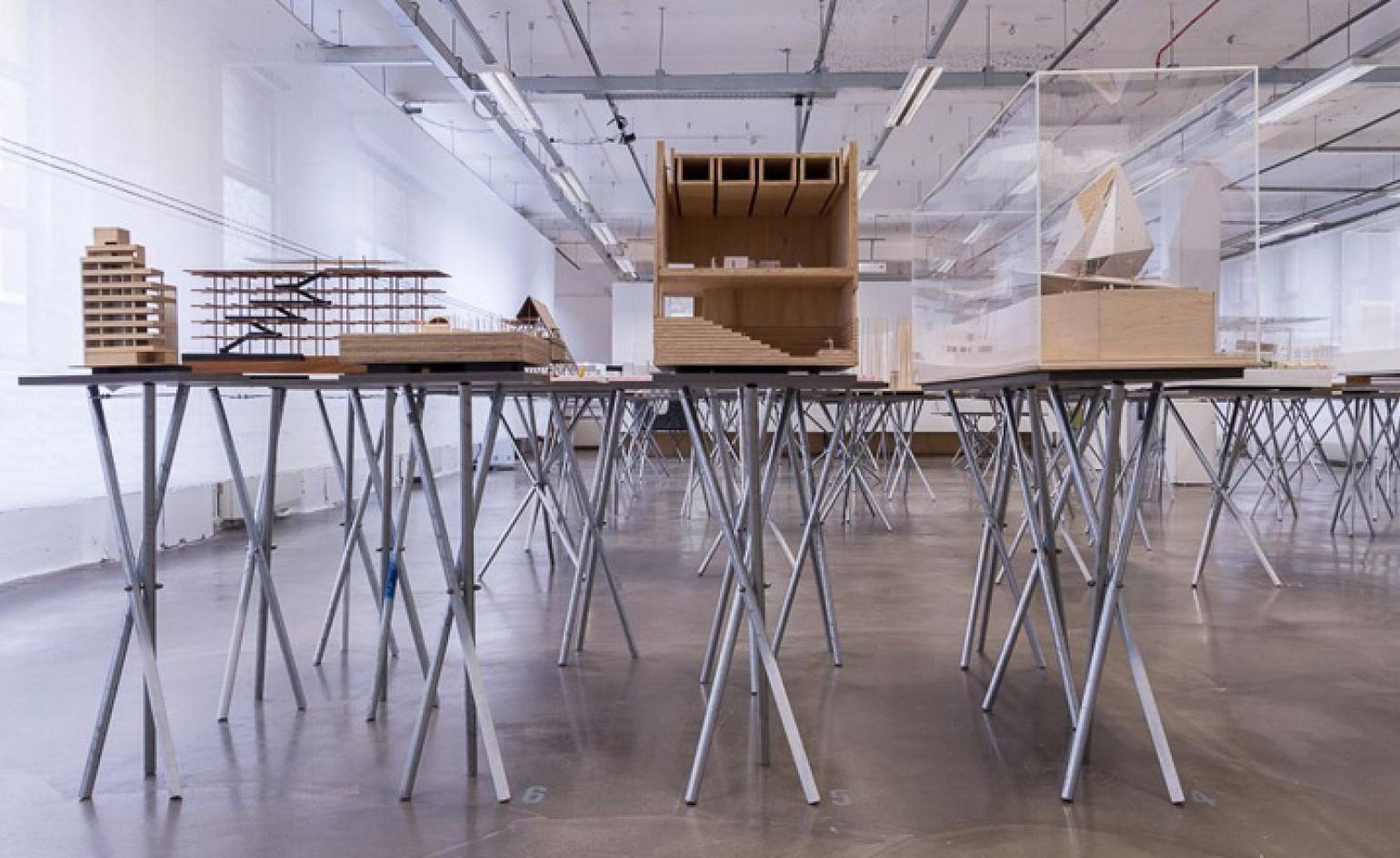
The project presents future projects from around the world, offering a glimpse of how the global landscape is changing.
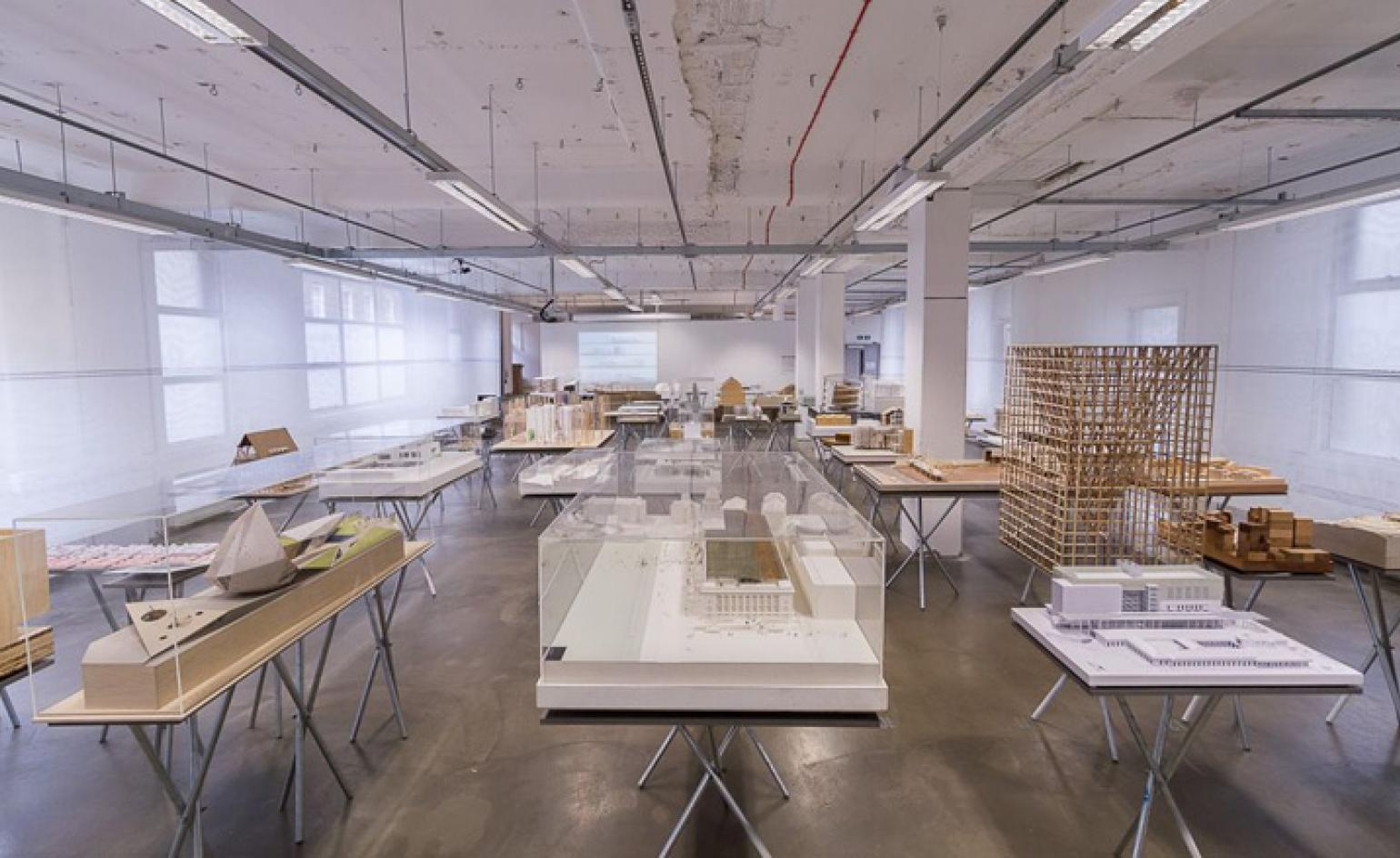
Over 60 models from 40 countries are on show in the exhibition, ranging from a new museum in Turkey to a school in Nigeria.
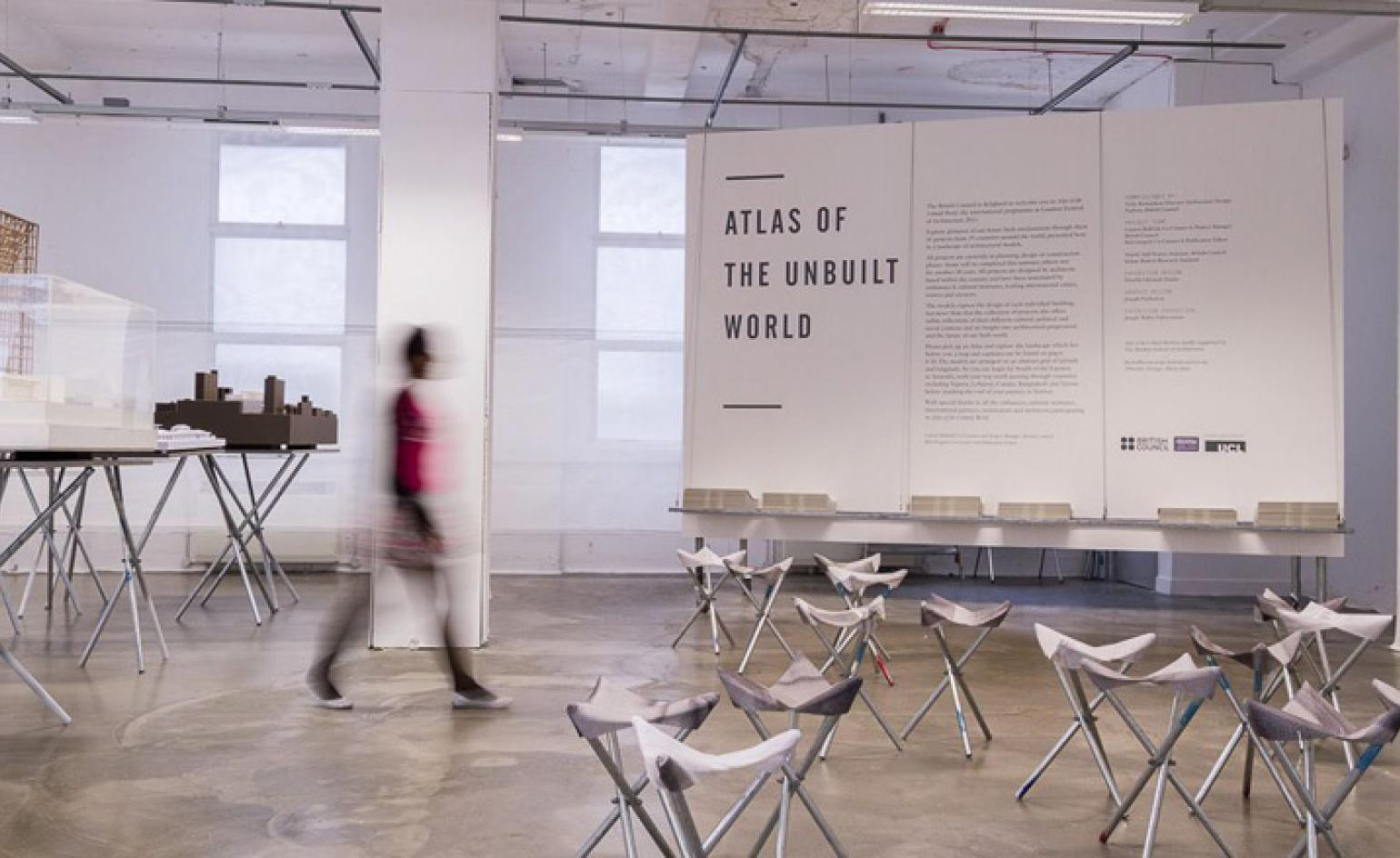
As part of the activites around the British Council exhibition, visitors can 3D-print a project live, courtesy of printing agency 3Dpeasy.
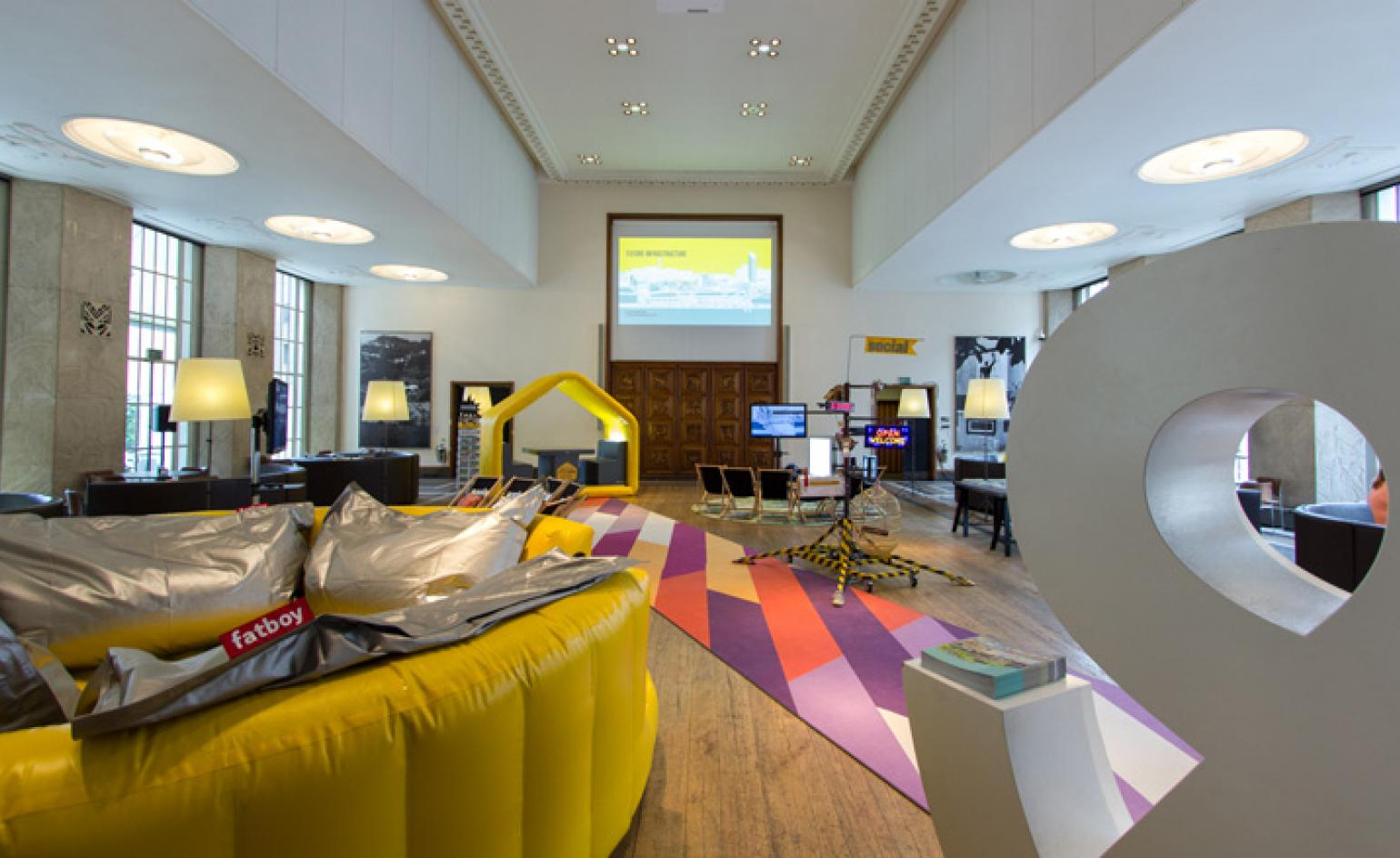
'Welcome To The Social', created by Hawkins\Brown architects, is also one of the 2013 Festival's key exhibitions, currently on display at the RIBA.
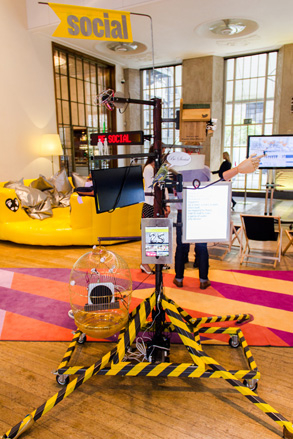
London-based architecture practice Hawkins\Brown believes that the future of architecture lies in the value of the 'social' aspect of life and design.
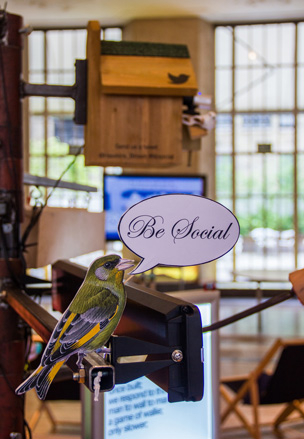
Welcome To The Social marks Hawkins/Brown architects' 25th anniversary.
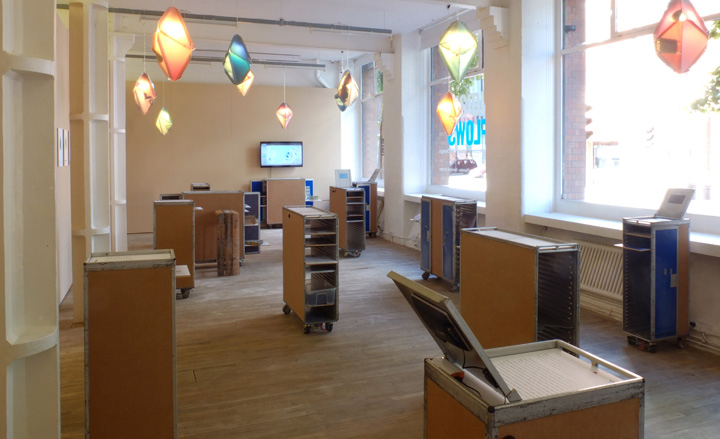
Through their 'InsideFlows: The Superuse Approach to Design' exhibition at the Architecture Foundation, Dutch architects Superuse Studios investigate innovation and sustainability in design.
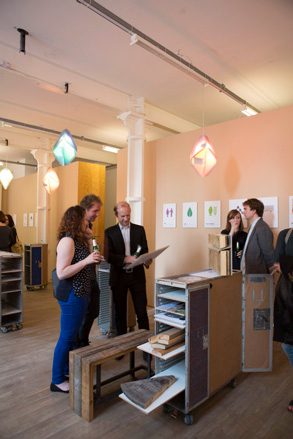
The exhibition shows Superuse Studio's ongoing collaborative research with the Inside Masters programme at the Royal Academy of Art in The Hague.
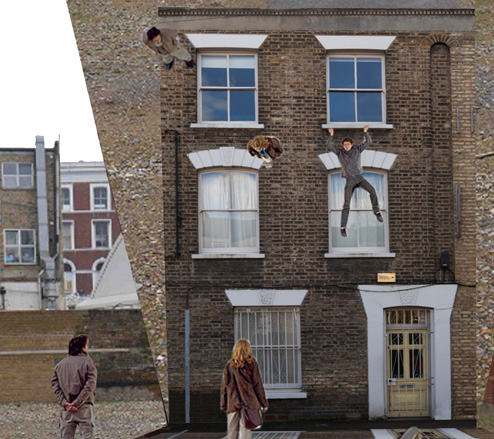
Leandro Erlich's study for his playfully disorientating 'Dalston House' installation, coming up at the end of June.
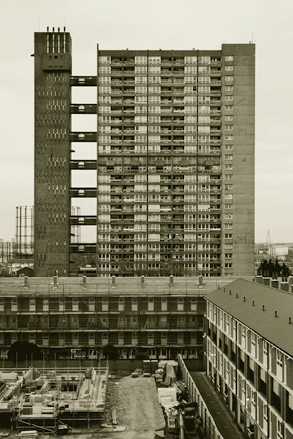
'Lesser Known Architecture', created by Elias Redstone, Theo Simpson and Ben Mclaughlin, is an exhibition focusing on the hidden gems of London's architecture, such as the Brownfield Estate by Erno Goldfinger (pictured).
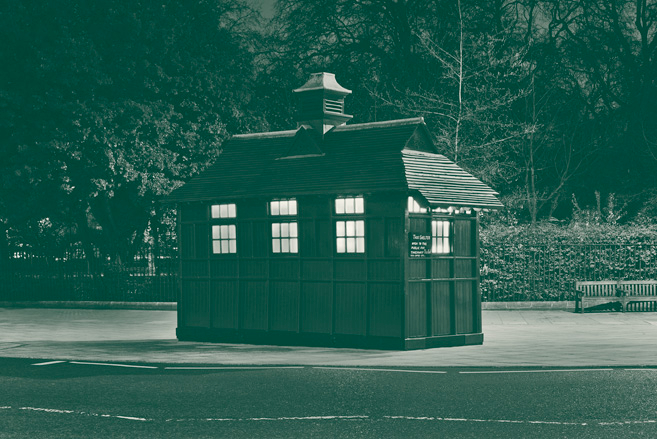
Also in the show are The Cabmen's Shelters, designed by Maximilian Clarke.
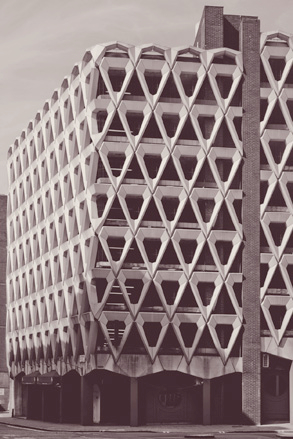
The Wellbeck Street Car Park, designed by Michael Blampied.
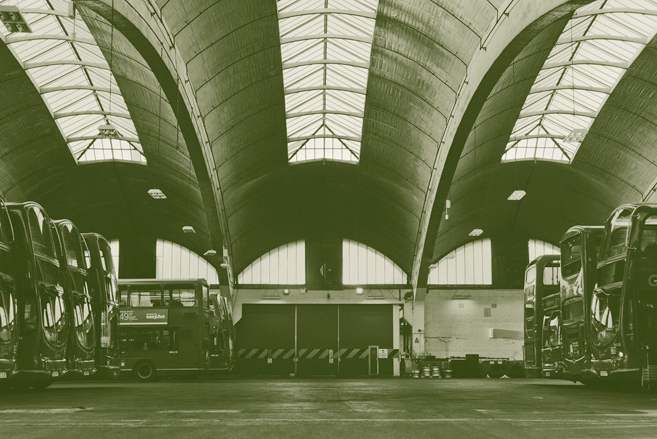
The Stockwell Bus Garage was also one of the nominations for the exhibition Lesser Known Architecture, presented at the Design Museum.
Receive our daily digest of inspiration, escapism and design stories from around the world direct to your inbox.
Ellie Stathaki is the Architecture & Environment Director at Wallpaper*. She trained as an architect at the Aristotle University of Thessaloniki in Greece and studied architectural history at the Bartlett in London. Now an established journalist, she has been a member of the Wallpaper* team since 2006, visiting buildings across the globe and interviewing leading architects such as Tadao Ando and Rem Koolhaas. Ellie has also taken part in judging panels, moderated events, curated shows and contributed in books, such as The Contemporary House (Thames & Hudson, 2018), Glenn Sestig Architecture Diary (2020) and House London (2022).
-
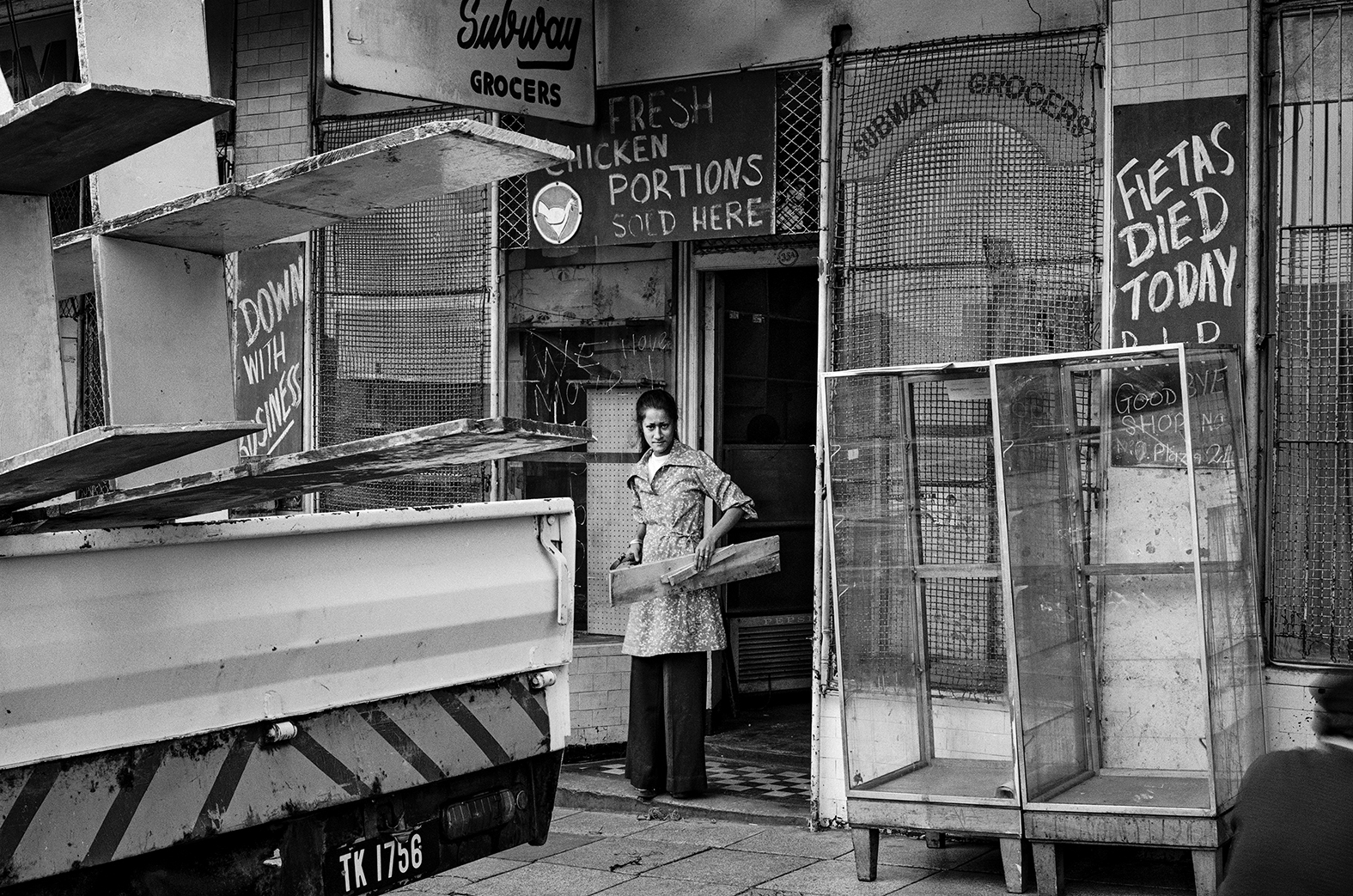 David Goldblatt captures intimate portraits of Johannesburg during apartheid
David Goldblatt captures intimate portraits of Johannesburg during apartheidBetween 1948 and 2016, David Goldblatt returned periodically to Fietas, a suburb in the west of Johannesburg’s city centre, to photograph the impact of apartheid legislation on its residents and landscape. The resulting photographs have now been collected and published for the first time
-
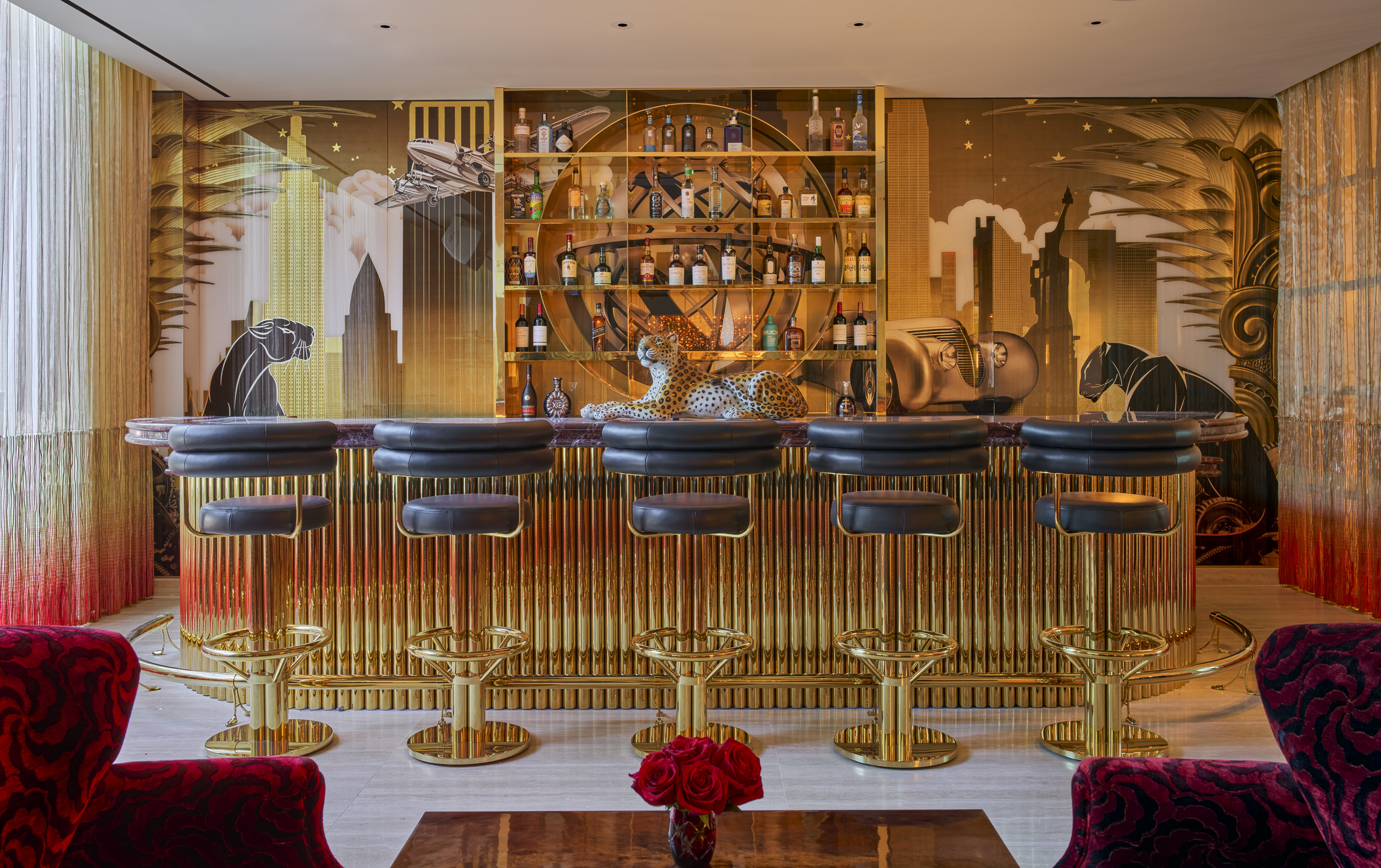 Faena New York just landed in the Big Apple – and it's an excuse for a good time
Faena New York just landed in the Big Apple – and it's an excuse for a good timeArgentine hotelier Alan Faena’s first New York address serves up high-octane hospitality with a dash of leopard print
-
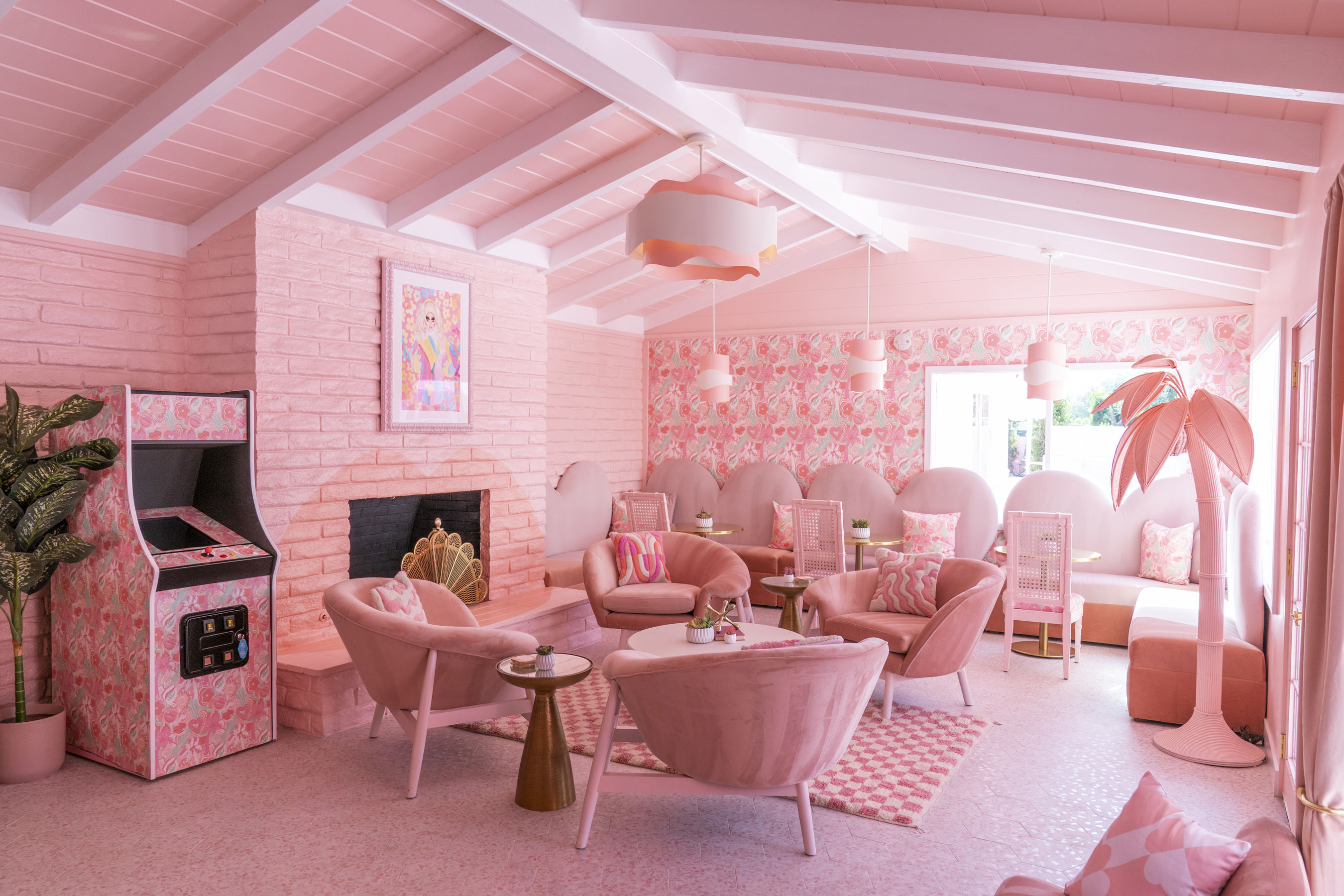 These vintage American motels will have you longing for the open road
These vintage American motels will have you longing for the open road‘Vintage Motels’ documents how the humble roadside stopover has evolved into a design-led destination for a new generation of travellers
-
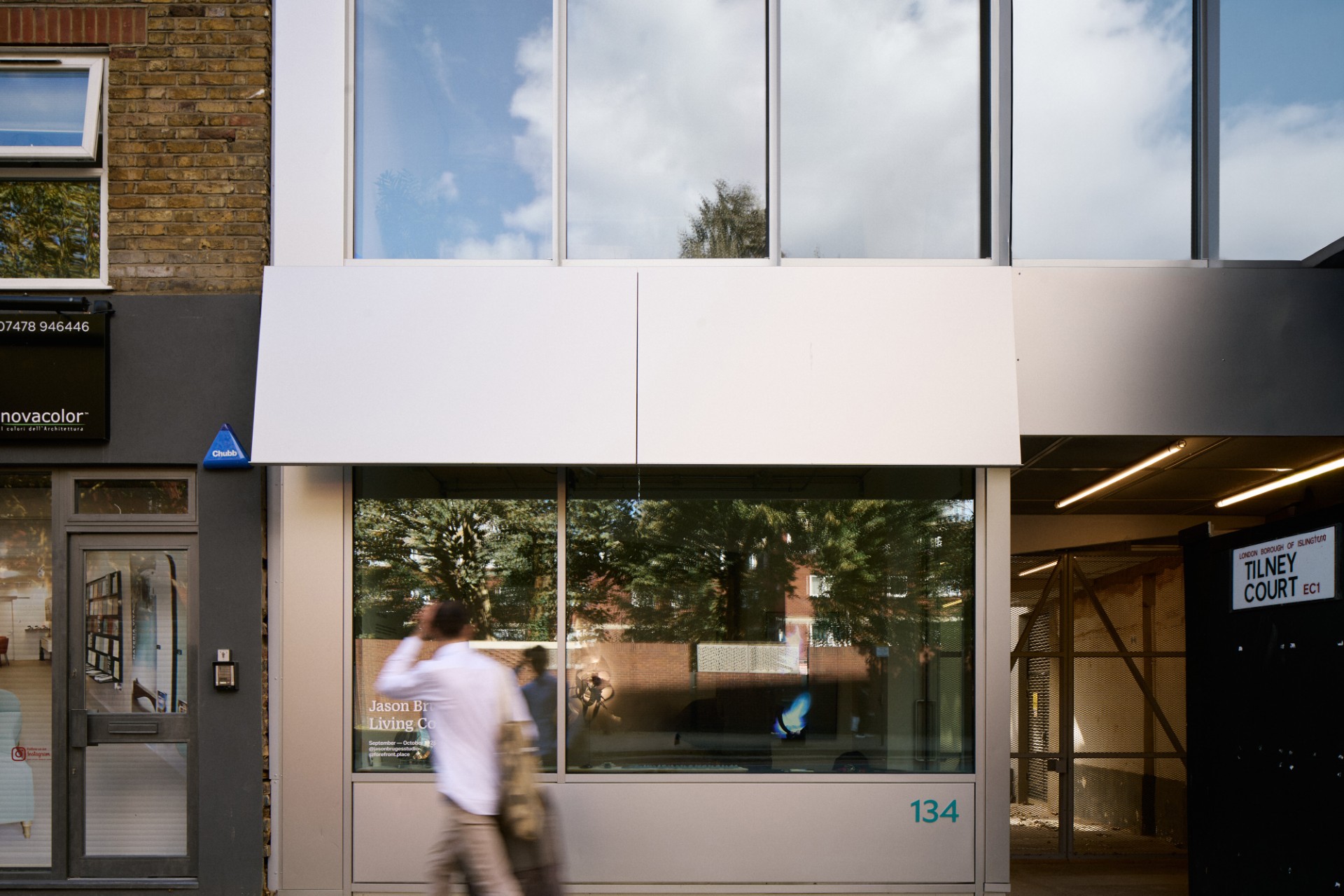 Meet Forefront, a cultural platform redefining the relationship between art and architecture
Meet Forefront, a cultural platform redefining the relationship between art and architectureForefront co-founder Dicle Guntas, managing director of developer HGG, tells us about the exciting new initiative and its debut exhibition, a show of lumino-kinetic sculptures in London
-
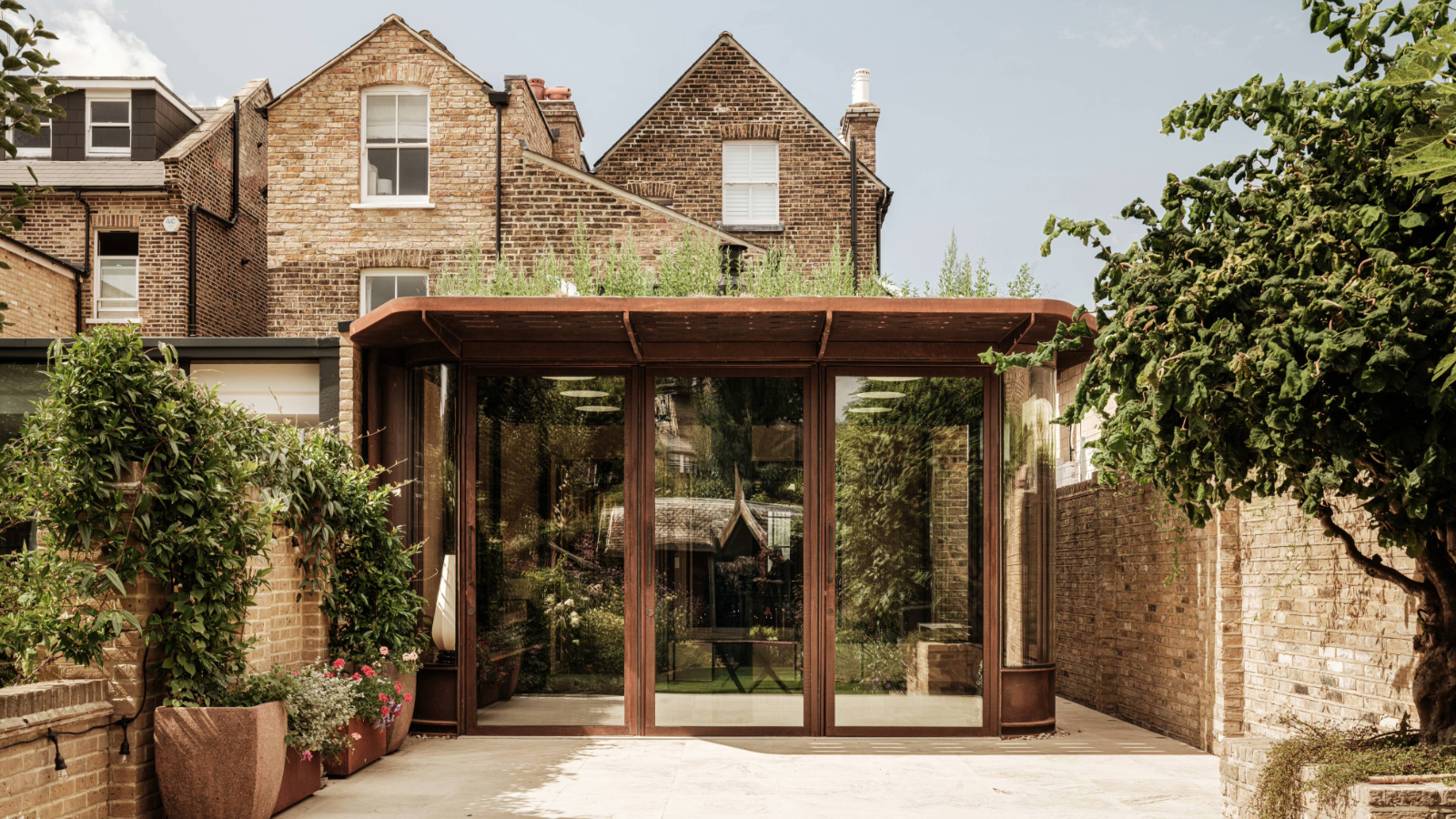 Corten curves and contemporary flair transform this terraced house in London
Corten curves and contemporary flair transform this terraced house in LondonCagni Williams Associates’ sensitive refurbishment of a south London Edwardian house features a striking and sustainable Corten steel extension
-
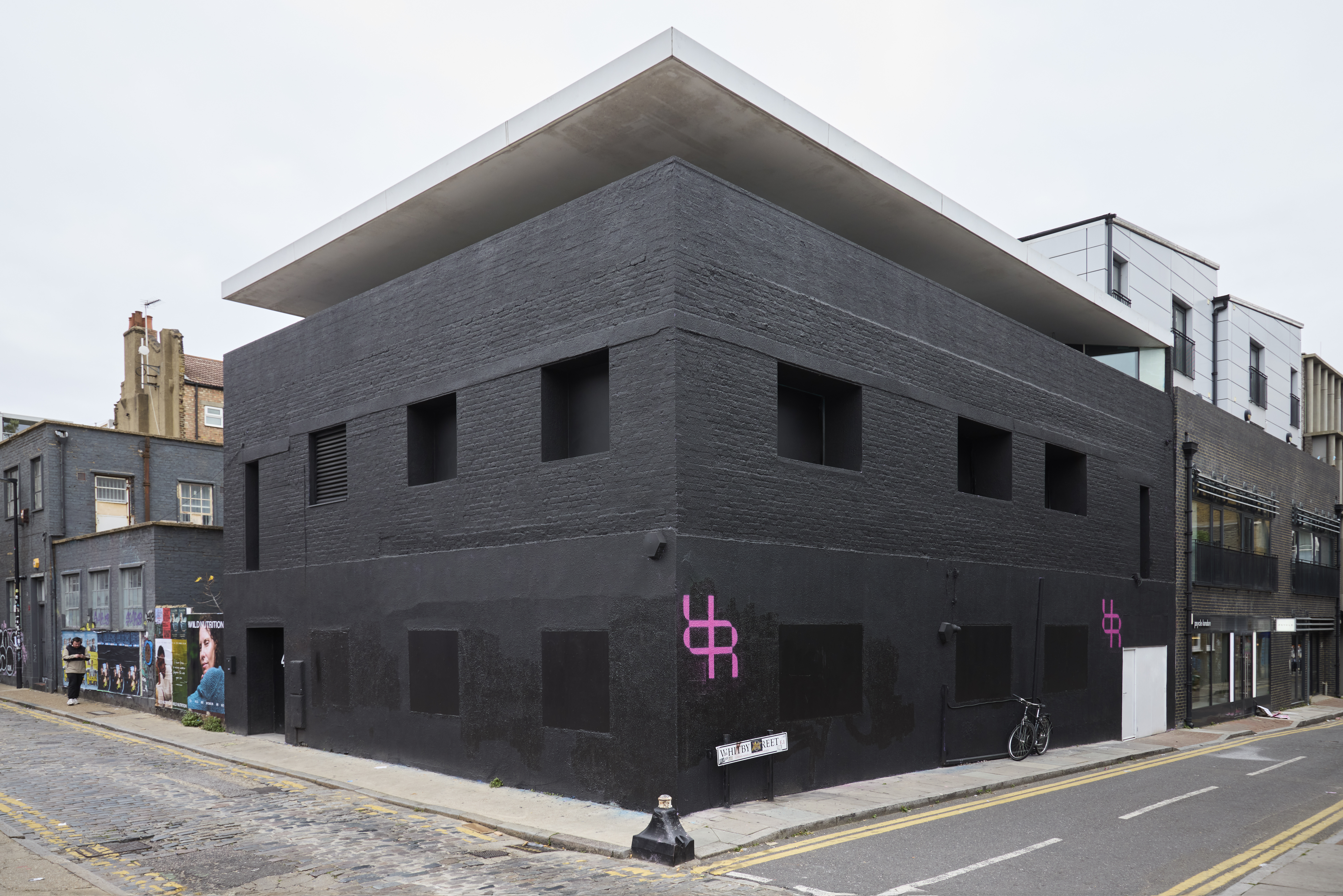 You may know it as ‘Dirty House’ – now, The Rogue Room brings 21st-century wellness to Shoreditch
You may know it as ‘Dirty House’ – now, The Rogue Room brings 21st-century wellness to ShoreditchThe Rogue Room – set in the building formerly known as Dirty House by Sir David Adjaye, now reinvented by Studioshaw – bridges wellness and culture in London's Shoreditch
-
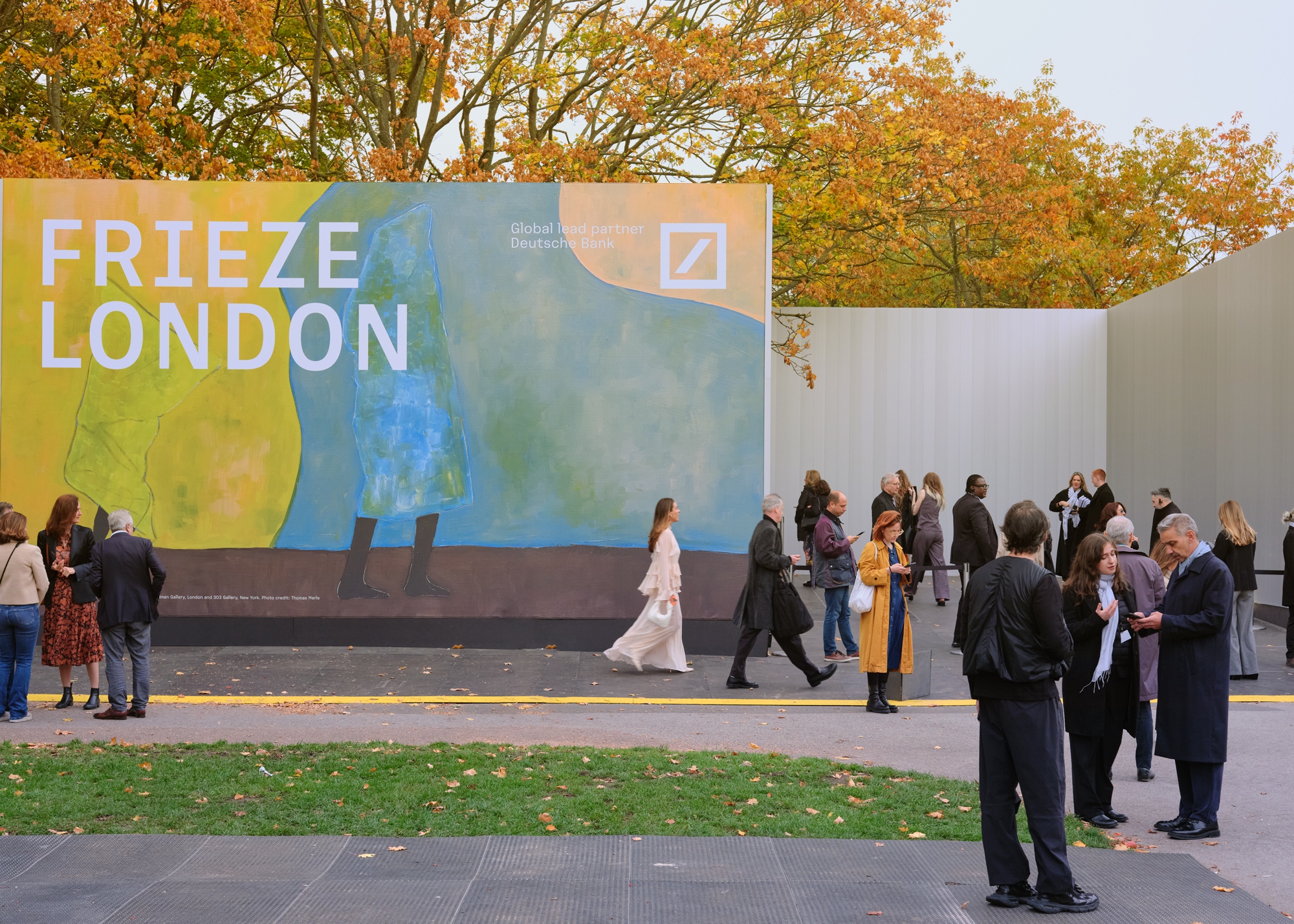 The architectural innovation hidden in plain sight at Frieze London 2025
The architectural innovation hidden in plain sight at Frieze London 2025The 2025 Frieze entrance pavilions launch this week alongside the art fair, showcasing a brand-new, modular building system set to shake up the architecture of large-scale events
-
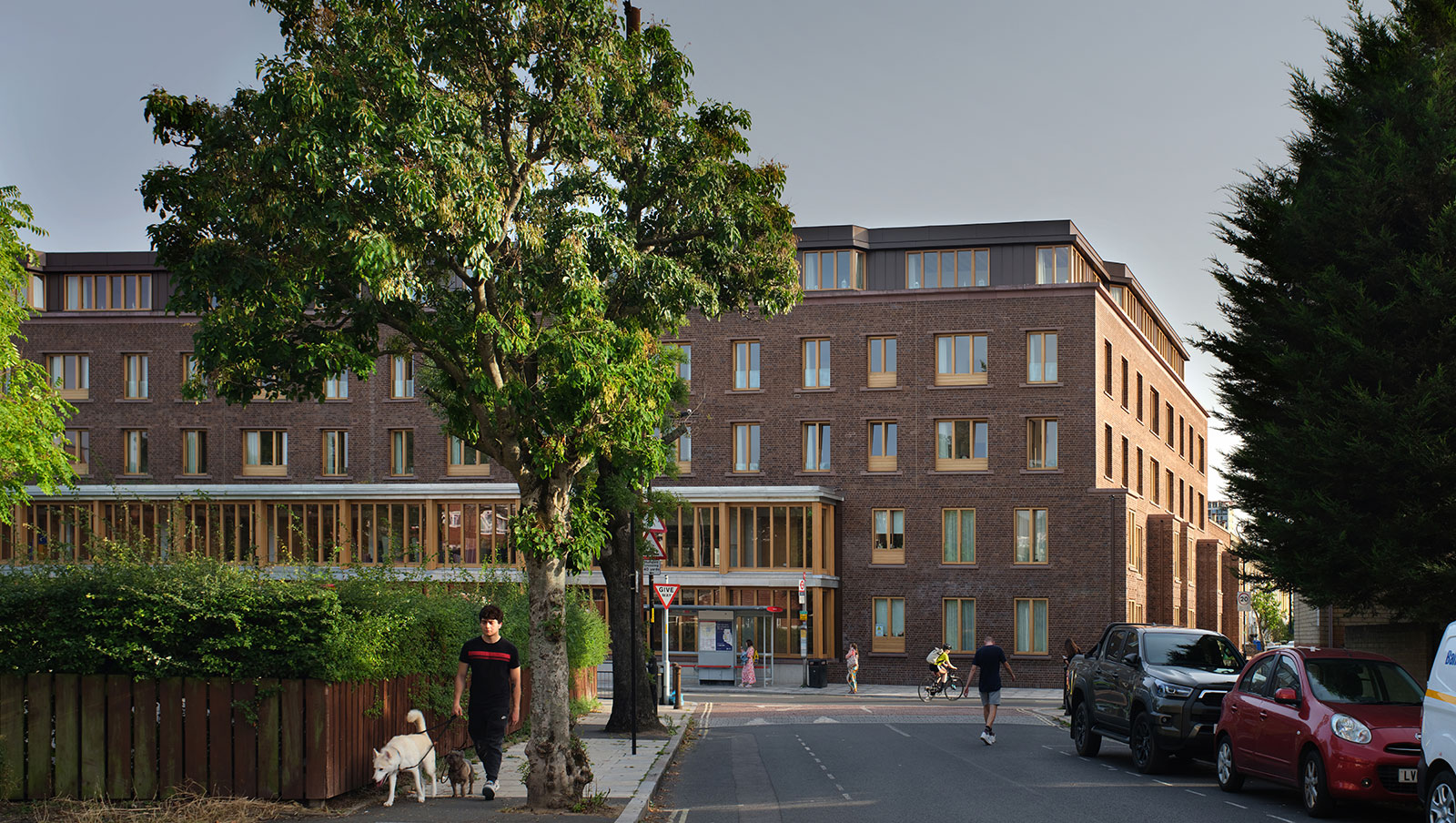 RIBA Stirling Prize 2025 winner is ‘a radical reimagining of later living’
RIBA Stirling Prize 2025 winner is ‘a radical reimagining of later living’Appleby Blue Almshouse wins the RIBA Stirling Prize 2025, crowning the social housing complex for over-65s by Witherford Watson Mann Architects, the best building of the year
-
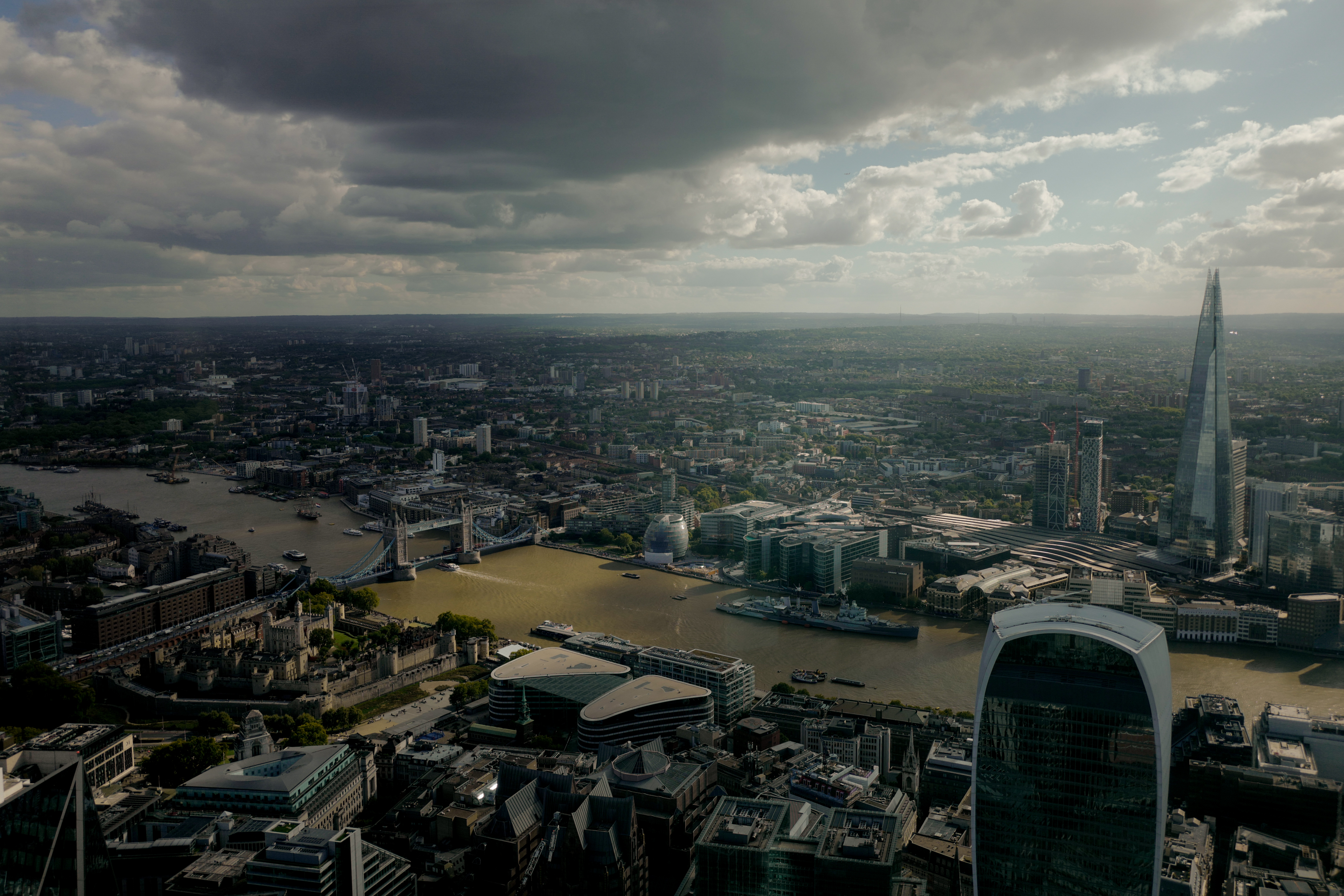 ‘Belonging’ – the LFA 2026 theme is revealed, exploring how places can become personal
‘Belonging’ – the LFA 2026 theme is revealed, exploring how places can become personalThe idea of belonging and what it means in today’s world will be central at the London Festival of Architecture’s explorations, as the event’s 2026 theme has been announced today
-
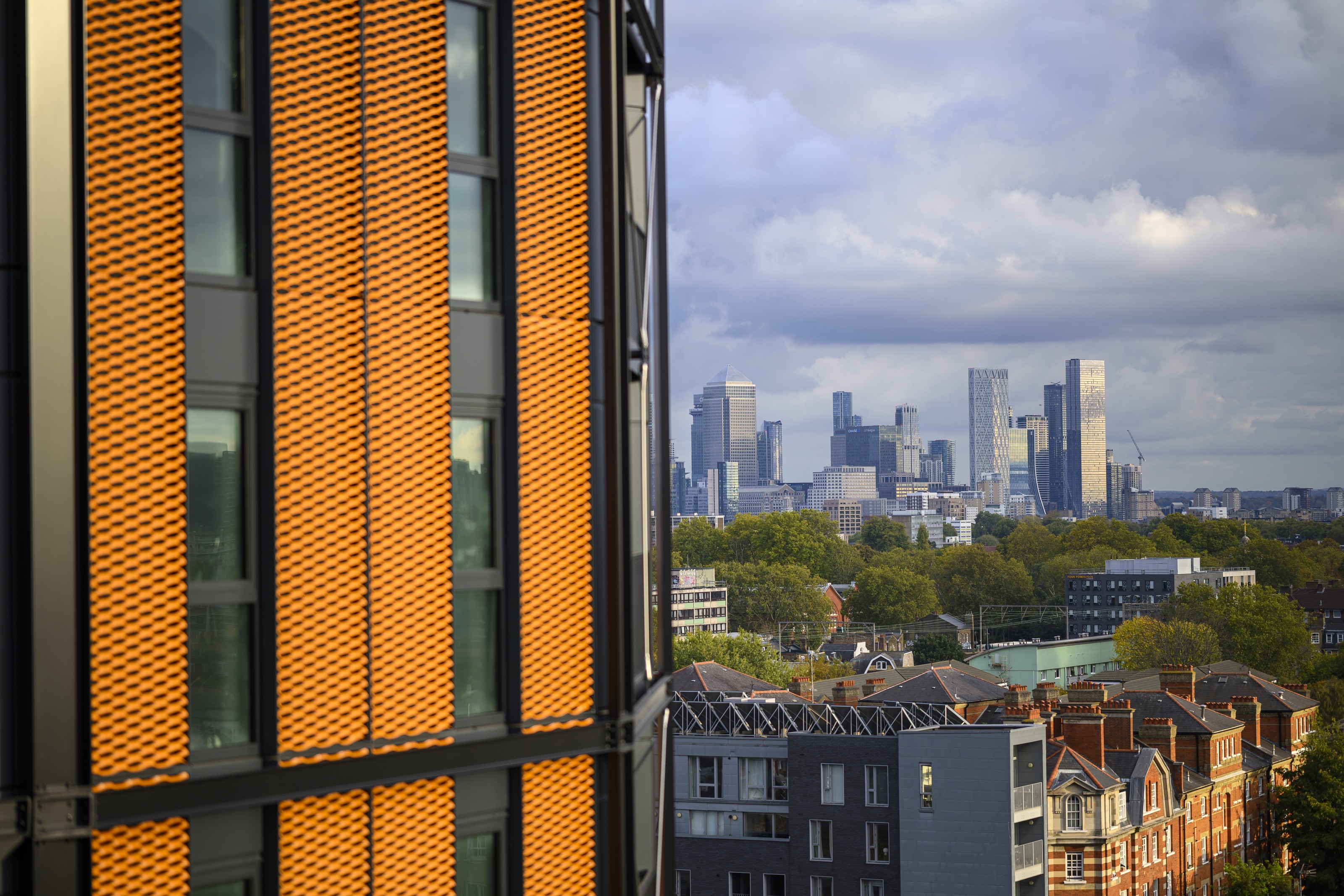 Join us on a first look inside Regent’s View, the revamped canalside gasholder project in London
Join us on a first look inside Regent’s View, the revamped canalside gasholder project in LondonRegent's View, the RSHP-designed development for St William, situated on a former gasholder site on a canal in east London, has just completed its first phase
-
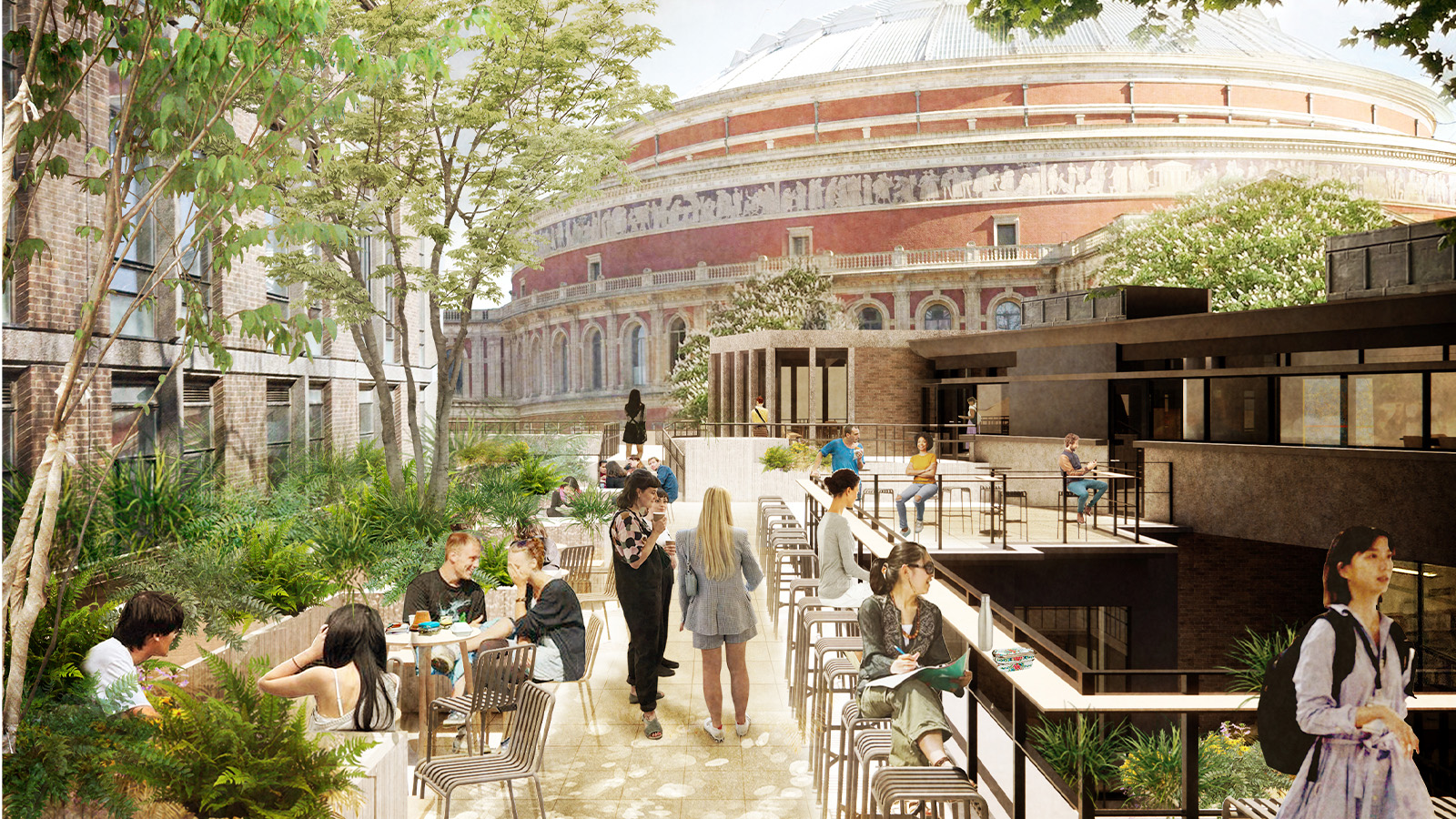 The Royal College of Art has announced plans for renewal of its Kensington campus
The Royal College of Art has announced plans for renewal of its Kensington campusThe Royal College of Art project, led by Witherford Watson Mann Architects, includes the revitalisation of the Darwin Building and more, in the hopes of establishing an open and future-facing place of creativity